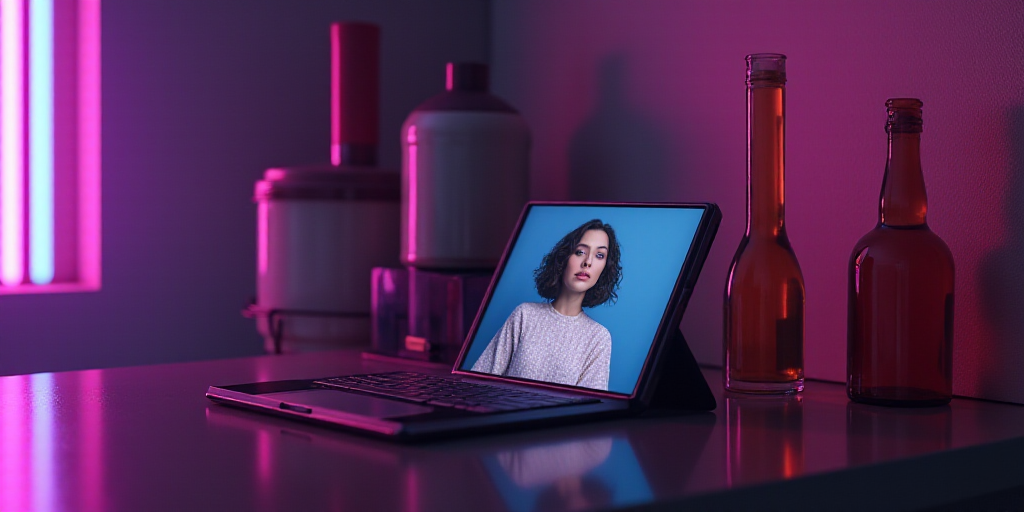Viral Skincare Routines: Hidden Dangers
A recent study warns that viral skincare routines on TikTok, popular among minors, may cause allergic reactions, skin irritations, phototoxicity, and adverse psychological effects while reinforcing unrealistic beauty ideals.
Dr. Molly Hales, a dermatologist at Northwestern Medicine and the study’s author, published in the journal Pediatrics, was drawn to this phenomenon as a researcher because, although widely covered by popular media, there had been no systematic medical approach.
“Six minutes in and almost ten products applied,” Hales describes, referring to one of the analyzed videos. In it, a creator develops a skin reaction in real-time and concludes by asking how to stop the burning sensation.
Study Methodology
To better understand the scope of these practices, the research team created accounts simulating 13-year-olds—the minimum age allowed on TikTok—and analyzed 100 unique videos obtained using the hashtag #skincare and “For you.” They studied creator profiles, video features, product types, and visual and verbal language in the posts.
The results revealed that the analyzed videos had an average of over one million views, used around six products per routine, with an estimated cost of $168 (3,162 Mexican pesos). A quarter of these routines included active substances like exfoliating acids, increasing the risk of irritation and hypersensitivity.
Beyond Skin: Beauty, Consumption, and Unrealistic Standards
The study also documented concerning themes related to the underlying messages in these contents. Many videos reinforced associations between beauty, health, and wealth, promoting consumerism and difficult-to-achieve aesthetic perfection standards.
“We saw messages of perfectionism and female beauty norms disguised as health,” warned Hales. This trend can influence how girls and teens perceive their bodies and well-being, generating early aesthetic pressure.
A Difficult Trend to Monitor
TikTok’s algorithm, noted the researcher, makes it difficult for parents, educators, or healthcare professionals to easily monitor the type of content minors are exposed to, especially if they watch videos through their own or friends’ accounts.
While the study acknowledges some positive aspects—such as the creation of support communities and the emergence of mother-daughter videos sharing routines that could strengthen family bonds—the researchers did not interview the creators or users directly. Thus, it could not be determined how these routines affect their mental health or long-term dermatological diagnoses.
Key Findings: Risks Outweigh Benefits
For Dr. Hales, the message is clear: these routines offer very limited benefits and can have detrimental consequences. They are costly, time-consuming practices that amplify unattainable beauty ideals while exposing minors to unnecessary sun damage, allergies, and irritation.
Key Questions and Answers
- What is the study about? The study examines viral skincare routines on TikTok and their potential risks for minors.
- What are the main concerns? The study warns of allergic reactions, skin irritations, phototoxicity, and adverse psychological effects, as well as the reinforcement of unrealistic beauty standards.
- How was the study conducted? Researchers analyzed 100 TikTok videos using the #skincare hashtag, simulating accounts of 13-year-olds to study creator profiles, video features, product types, and language.
- What are the key findings? The study found that these routines can be costly, time-consuming, and expose minors to unnecessary risks while promoting unrealistic beauty standards.
- What are the challenges in monitoring these trends? TikTok’s algorithm makes it difficult for parents, educators, or healthcare professionals to monitor the content minors are exposed to.






